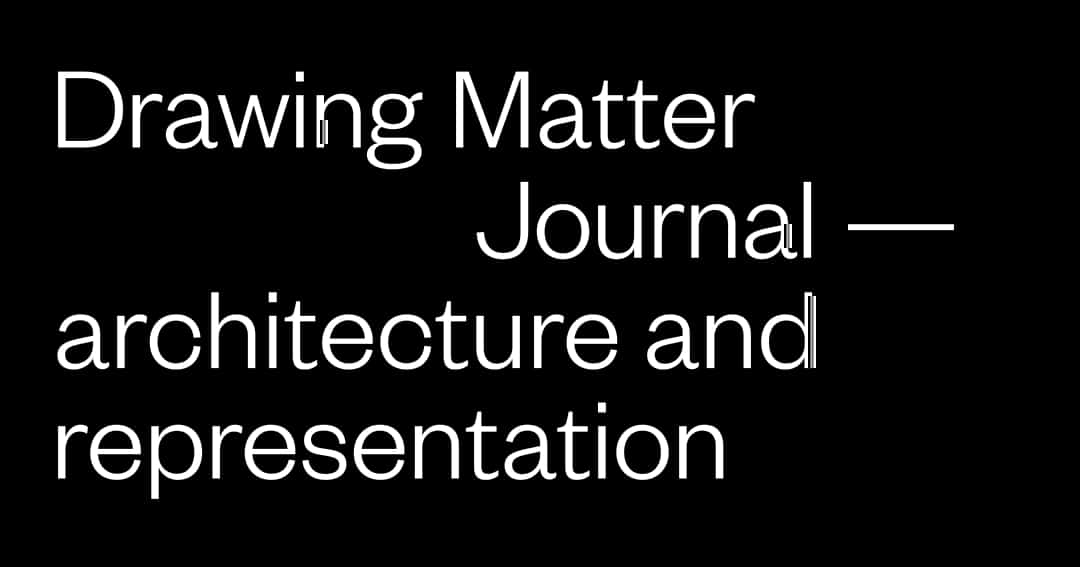DMJ — Of Lines Terrestrial and Occult: Friedrich Gilly, Alberto Sartoris, Adolphe Appia, and the Matter of Perspective

This essay discusses three enigmatic one-point perspective drawings. The first was made by the precocious Prussian architect and teacher Friedrich Gilly, the second by Alberto Sartoris as a young student of architecture in Geneva, and the third by the relatively unknown modern Swiss scenographer Adolphe Appia. These drawings have been chosen in part because they possess compositional similarities—each is an orthogonal configuration of pared-back rectilinear volumes, steps or ramps, platforms and landings. But at a deeper level, it is because by considering them together we can illuminate changes in the theory and practice of perspective drawing over a lengthy arc of the modern period. The first two drawings demonstrate what can be achieved by mastery of technique insofar as they push their hidden drafting lines to the surface, while the third drawing—made by a scenographer rather than an architect—presses in the opposite direction. Appia, who was inclined toward a diffusion of form and contour within an overarching mood or atmosphere, by erasing all traces of the careful setting-out of his perspective invites consideration of the issue of occultation within the Romantic context, complementing the paper’s detailed discussion of the explicit geometric-metaphysical construction of the drawings by Gilly and Sartoris.


Swiss Archive of the Performing Arts, Bern, Inv. Appia 07f.
Download the full article as a printable PDF
DMJournal–Architecture and Representation
No. 2: Drawing Instruments/Instrumental Drawings
Edited by Mark Dorrian and Paul Emmons
ISSN 2753-5010 (Online)
ISBN (forthcoming)
About the author
Ross Anderson is an Associate Professor of Architecture at the University of Sydney. He writes on the pivotal role played by drawing in the development of modern architecture and aesthetics within the European context. His forthcoming book on the modern Swiss scenographer Adolphe Appia will be published by MIT Press.
Click here to receive updates about the journal, and future calls for abstracts.

